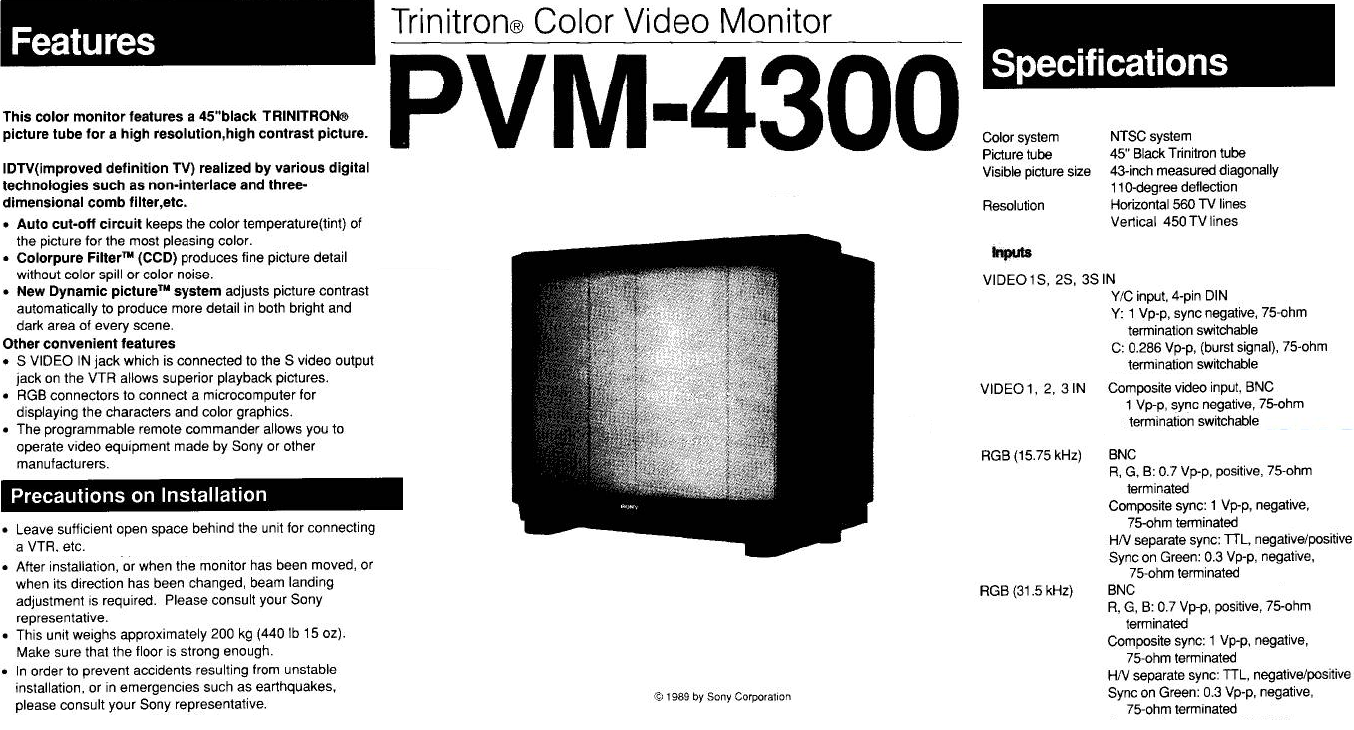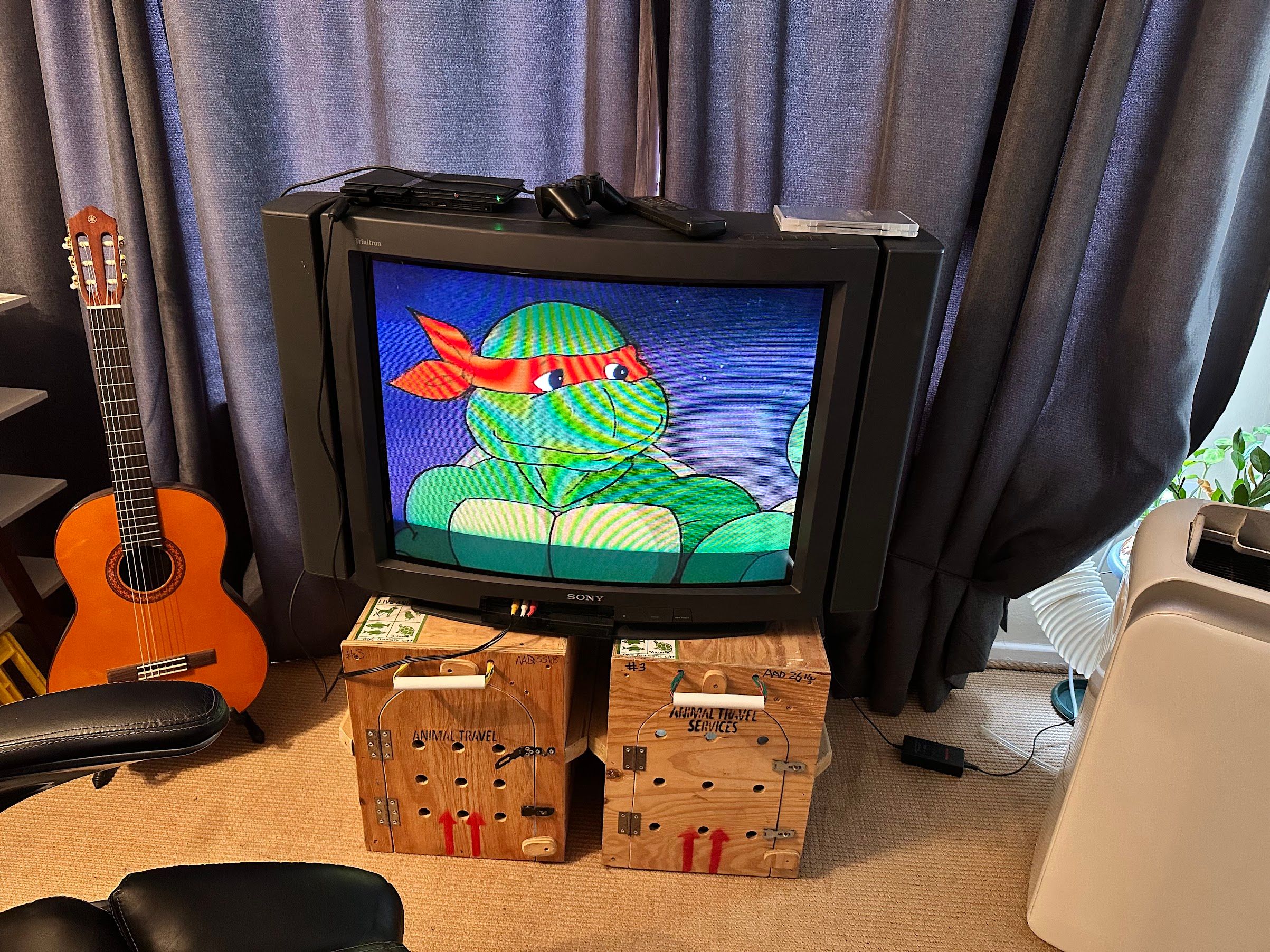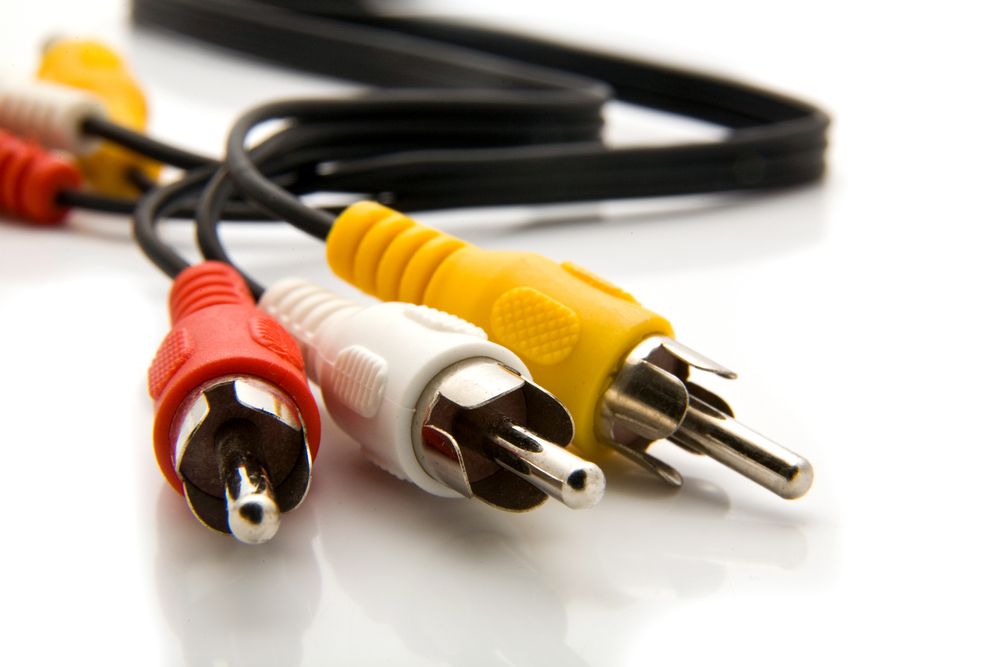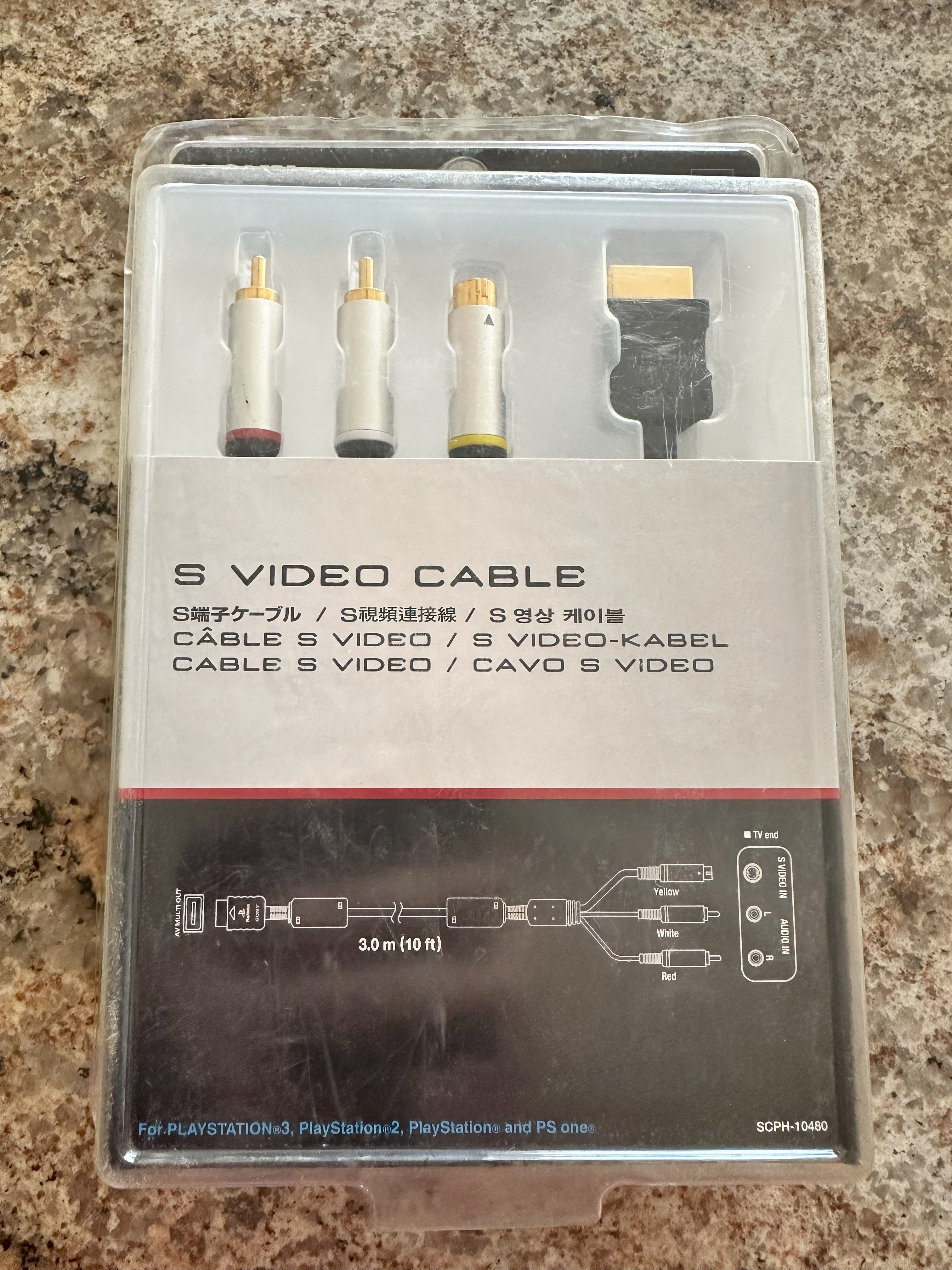Having recently taken the plunge and purchased my first CRT TV in over 20 years, I first spent a silly amount of time researching things that I either never knew, or had forgotten over the decades. Some of the potential mistakes one could make were obvious in hindsight, but some truly surprised me.
Buying a Flatscreen CRT Might Be a Mistake
The last CRT I owned in the mid-2000s was a flatscreen model. I remember how happy I was when I could finally watch shows and play games without the fishbowl effect of our family TV. However, it turns out that flatscreen TVs have some downsides that I weren’t aware of as a teenager and would certainly bug me now.
Flatscreens CRTs weren’t around for long before LCD and plasma displays took over, so there were plenty of kinks that never got worked out. The biggest one is beam geometry. The electron beams used to create the image need to take a weird path from the electron gun compared to a curved screen. This leads to a situation where the image becomes more and more distorted the further you move from the center of the image.
This is particularly noticeable when playing retro 2D games with lots of image scrolling. It creates a sort of funhouse mirror effect, and you can see straight lines distort as they move from one part of the screen to the other.
Apart from that, flatscreen CRTs are heavier and bulkier, because they need additional reinforcement to prevent the tube from imploding. I’ve also read some forum discussions suggesting that these TVs don’t have the lifespan and durability of curved CRT TVs, but there’s no hard evidence of this I can find.
For people who mainly want to play 3D retro games (e.g. Gamecube, PlayStation 1 & 2,) a flat screen might be a good choice, but unless you’re willing to buy two screens for each type of content, a more traditional curved model covers both 2D and 3D content well.
Avoid Large TVs
This is a mistake that I actually made, but not by choice. CRTs never achieved truly large screen sizes, because their size and bulk scale up too quickly. This is why engineers had to resort to rear projection TVs to offer large screens for home theater enthusiasts. The biggest CRT TV ever made is most likely the Sony PVM-4300, which has a 45-inch tube and weights an astounding 440lbs.
A YouTuber going by Shank Mods actually tracked this monster down and had it shipped from Japan, saving it from destruction, as you can see in this fascinating video.
My own CRT purchase ended up being this 34-inch, 150lbs Sony Trinitron, which ruined my back, but boy is it magnificent.
The crates are temporary, I had to order a metal frame desk because nothing in my house can handle this weight.
If you want a big boy like this, then by all means go for it, but I think for most people something between 21- and 27-inches will be ideal. If you go for a PVM, then you might even be looking at a 9-inch to maybe 14-inch tube.
Don’t Buy Screens That Only Have Composite Inputs
The most popular connection standard on CRT TVs is the composite connection. You know, the plugs that look like this.
The problem with composite is that it sends both color and brightness information in a single signal. When the image is processed by the TV, there are some situations where these signals overlap, which creates artifacts on screen. For me, however, the biggest problem with composite video is that the picture has this crawling, smeary look. It’s fine if you’re sitting a good distance from the screen, but most of us will likely be sitting pretty close for gaming, and it’s very noticeable.
So, ideally, you want a TV that has S-Video, which splits the color and brightness information into two separate screens. This is a major step up over composite. The image is much sharper and more stable. I was lucky to find an original S-Video cable from Sony for my PlayStation 2.
It’s a nice bonus if you can pick up a set that supports component video, which splits the image data into three separate connectors. A TV with VGA or SCART inputs (which are more common in Europe) is worth grabbing as well. Anything that gives you an option over and above composite.
You Probably Don’t Want an HD CRT
You may think that the first HD TVs were all LCD flat panel displays, but there were HD CRTs towards the end, and even widescreen models. These TVs could accept and display up to 1080i (interlaced) signals and were a good pairing with, for example, a PlayStation 3. This could be delivered over component cables, or even HDMI, depending on the model.
The thing is, these TVs are generally not great for retro gaming. They usually have trouble displaying 240p correctly, which is a common resolution for consoles like the NES and older. They also have primitive image scalers, which add significant latency when you feed them a signal that isn’t exactly 1080i, or whatever the TV was designed for.
One of the big draws with CRT TVs is that they are almost latency-free, and if you have to feed an HD signal to the TV anyway, at this point you might as well use a flat panel LCD or OLED.
That’s not to say they aren’t worth buying. Paired with the right HD console or with HD media like Blu-rays, these TVs can still offer a phenomenal picture, but for most of retro gaming specifically, there are numerous pitfalls. Instead, you might want to keep an eye out for an EDTV (Enhanced Definition TV) which offers higher picture resolution and progressive scan support, while still having proper support for 240p content. However, these TVs seem to be rare, especially in the United States.
Try Lots of Search Terms
The last big mistake I think a lot of people make has nothing to do with the TVs themselves, and everything to do with finding a good deal on a used CRT TV. Specifically, you might want to avoid obvious search terms like “retro gaming”, “CRT TV”, “vintage”, and so on.
Some people have clearly caught on to the fact that retro gamers are looking for CRTs. So they’re responding with higher prices, even on TVs that aren’t great. While a good deal is a good deal, you should also try offbeat terms like “box TX”, “old TV”, “tube TV”, and so on. Often, these sellers are practically giving these sets away, which have just become a burden to them.
At some point, flat panel displays will be just as good as CRTs for retro gaming, and the supply of working sets is dwindling by the day. For the time being, however, there are still a few good reasons to get one and if you’re lucky enough to get the right set, you’re in for years of enjoyment.








